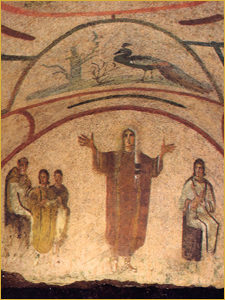By Sunset Septuagint
Have you seen the painting “The Scream”? I am currently on a trip to Chicago which began by travel on a full airplane which was late in landing. On arrival everyone immediately stood up, jamming the aisles while the passengers who had close connecting flights were fighting to get through to the front… What mayhem! Too bad there was no announcement for those not in a hurry to wait until the others got off.
Then I got in line to get a taxi…..there was a break in the barricade so wheelchairs could get through but behind the wheelchair others were cramming forward to get to the head of the line. Others ran to the end of the line behind the people waiting so they could hop into the cabs first without having to wait in line.
I am a very impatient person myself but this time I had no deadline so I started a conversation with a woman beside me in line and wound up telling her I was in Chicago for a doctor’s appointment. She asked the name of the doctor and when I told her, she said her father had the same surgeon and she told me how wonderful he was! Suddenly a weight of anxiety was miraculously lifted from my shoulders.
I thought of the Mary/Martha sermon last Sunday in church. It wasn’t the work that Martha was doing that was the problem but her anxiety and worry. By the grace of God alone for that moment in the taxi line, I was able to choose the better part to have a friendly chat with another person, and Jesus used the conversation with that woman to calm my fears!









